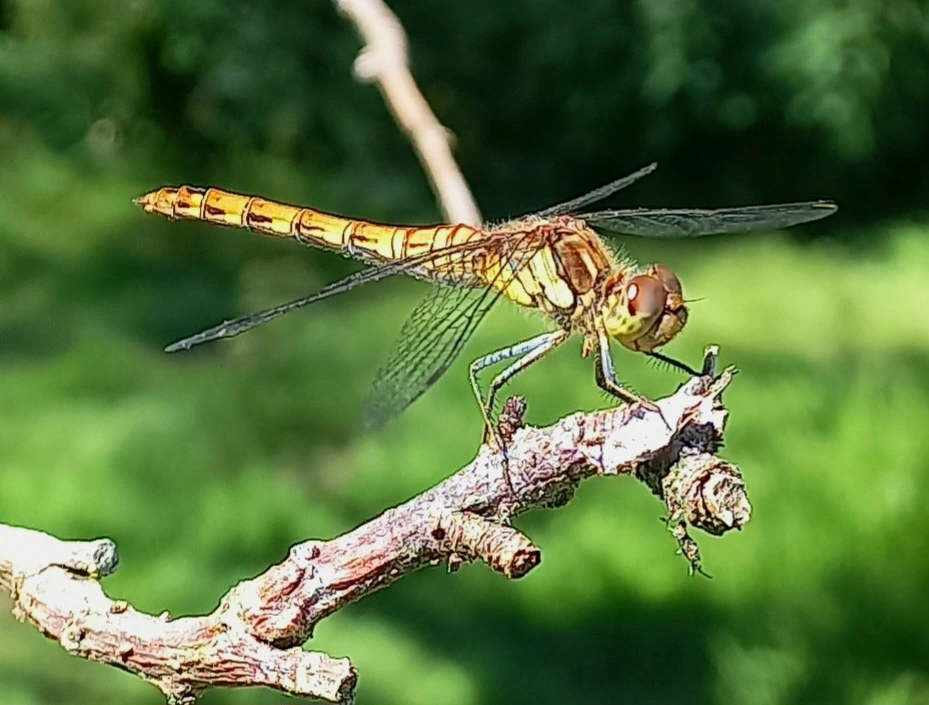UK Nature and Environment
424 readers
69 users here now
General Instance Rules:
- No racism, sexism, homophobia, transphobia or xenophobia.
- No incitement of violence or promotion of violent ideologies.
- No harassment, dogpiling or doxxing of other users.
- Do not share intentionally false or misleading information.
- Do not spam or abuse network features.
Community Specific Rules:
- Keep posts UK-specific. There are other places on Lemmy to post articles which relate to global environmental issues (e.g. slrpnk.net).
- Keep comments in English so that they can be appropriately moderated.
Note: Our temporary logo is from The Wildlife Trusts. We are not officially associated with them.
Our winter banner is a shot of Shotley marshes, Suffolk by GreyShuck.
founded 1 year ago
MODERATORS
751
752
753
1
Fermanagh farmers lead the way on wildlife protection - The Fermanagh Herald
(fermanaghherald.com)
754
755
756
757
758
5
Curlew in Crisis: What is being done to help Eurasian Curlew in Montgomeryshire and North Radnorshire?
(www.shropshirestar.com)
759
760
19
The Guardian view on nature-friendly farming: England’s green subsidies are working | Editorial
(www.theguardian.com)
761
27
You beauty! First sighting in Devon of amazing sea creature | Devon Wildlife Trust
(www.devonwildlifetrust.org)
762
763
764
765
766
767
8
Legal challenge launched against granting of badger culling licences against scientific advice
(www.badgertrust.org.uk)
768
769
770
771
772
773
28
New wetland area and ponds being developed to boost wildlife and tourism
(www.gloucestershirelive.co.uk)
774
775

